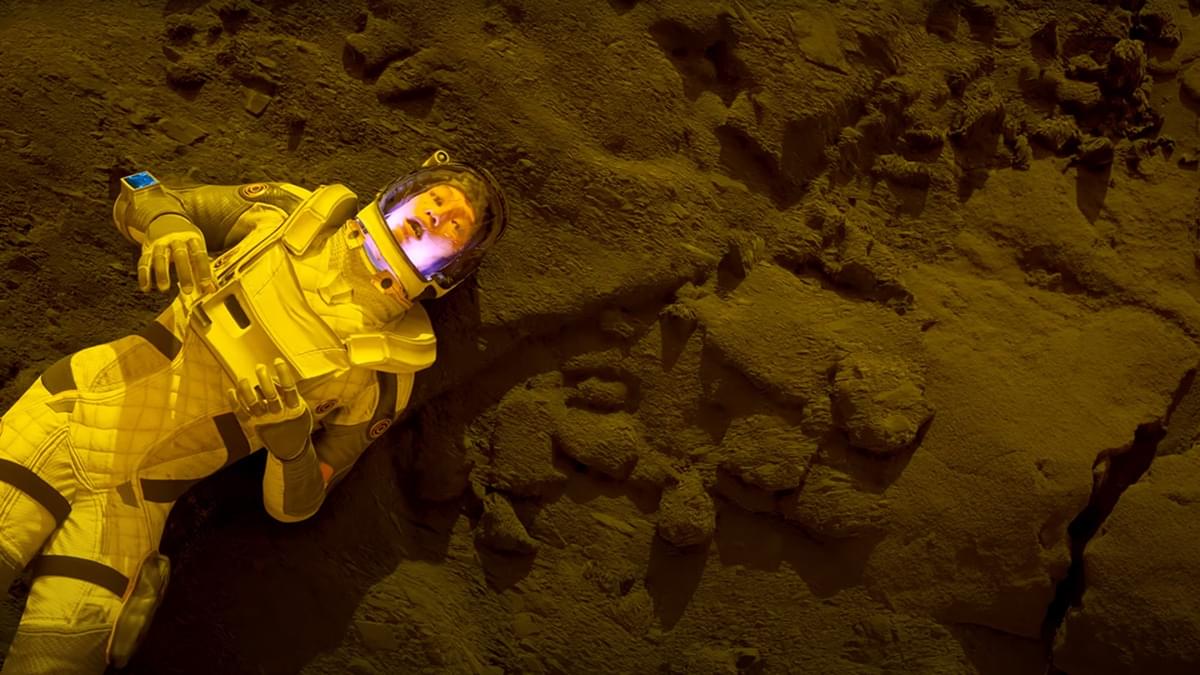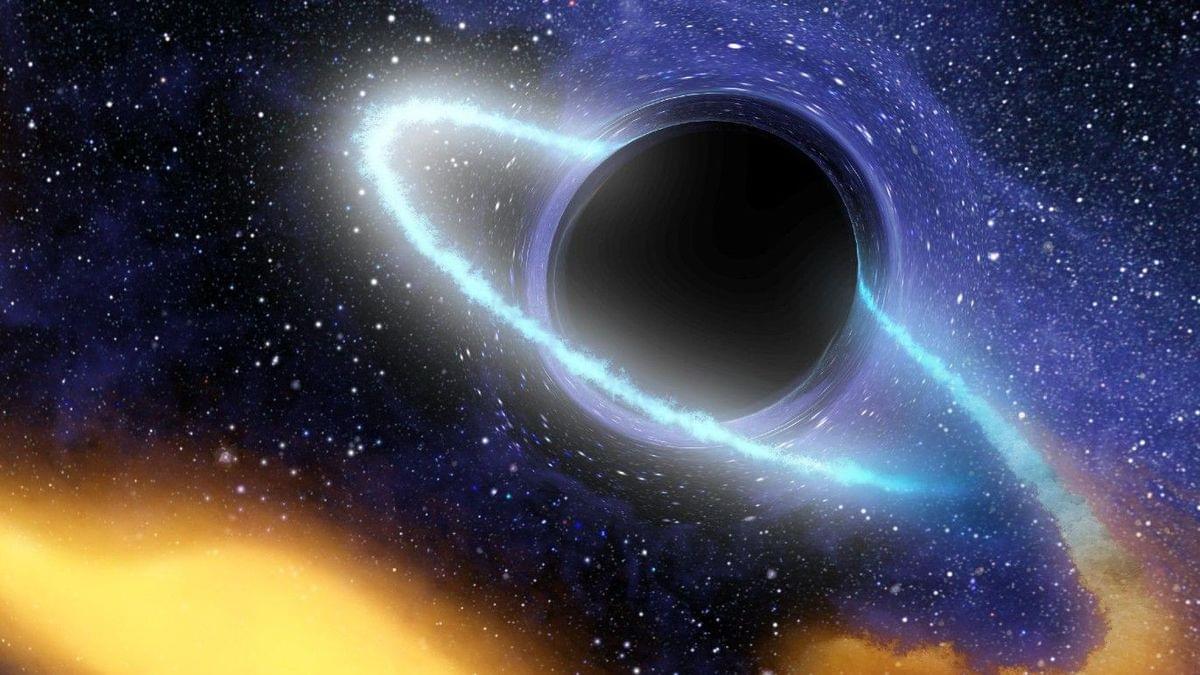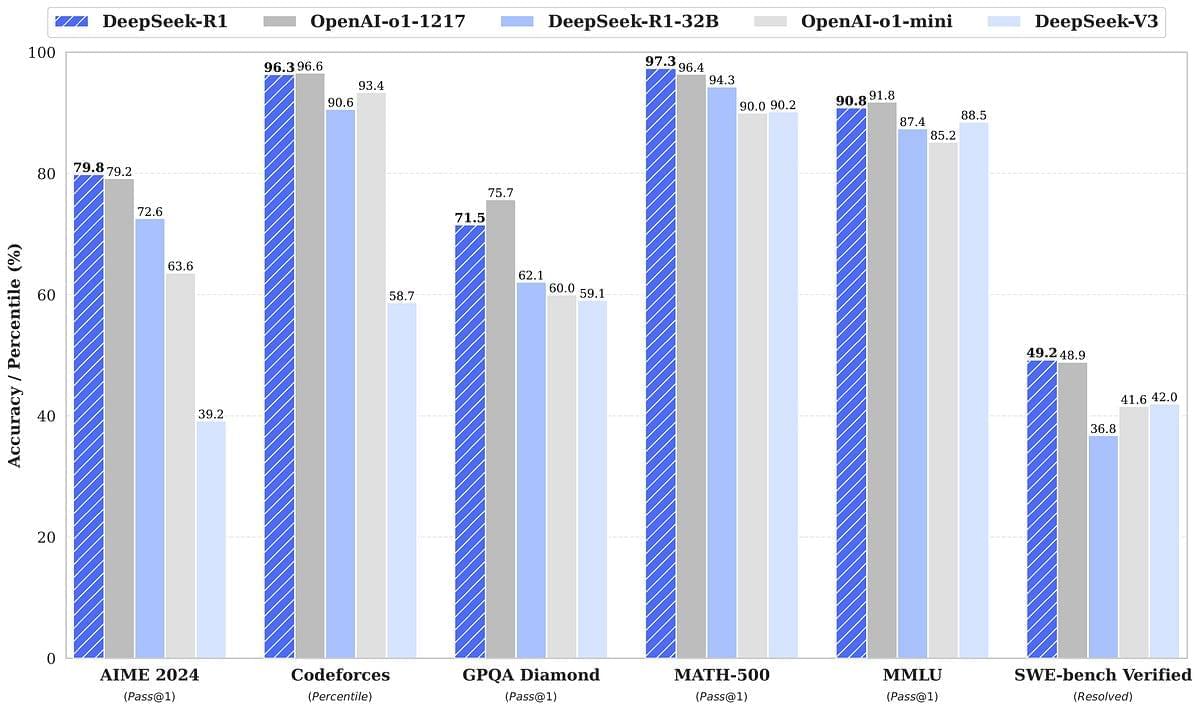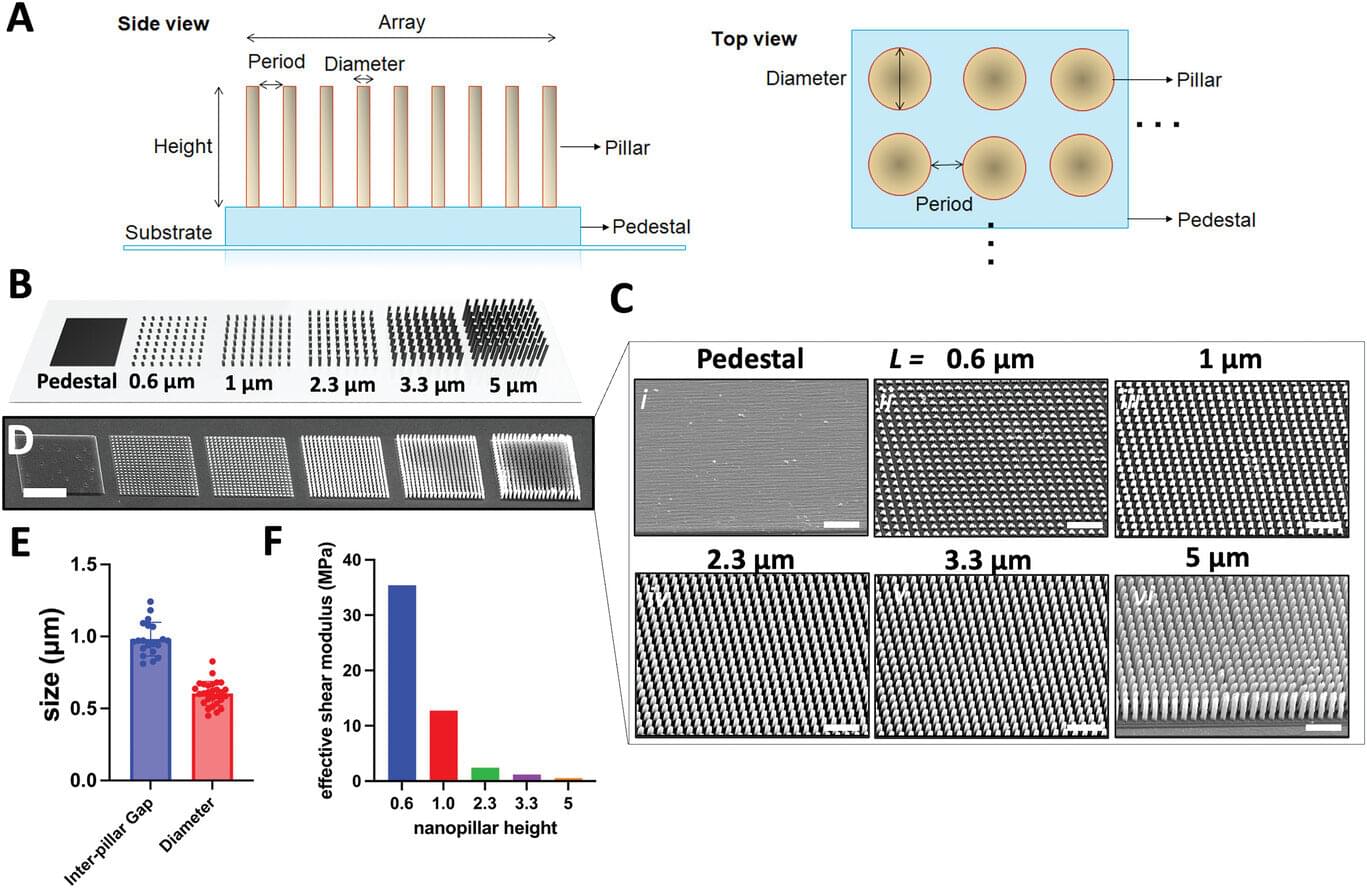Link :
Every other planet in our solar system will kill you.


A study published in the journal One Earth explores how marine biodiversity conservation, human health and well-being are connected. The results suggest that marine protected areas can be good for both planet and people.
These areas of the ocean are legally recognized by governments as being important for marine conservation. They are protected by putting limits on human activity within and around them.
Once a government declares a marine protected area, you usually can’t live in it, fish, build a beach resort, start a fish farm or drill for oil in it. The rules vary from place to place, but the idea is to allow nature to flourish by limiting human activity as much as possible.

Dangerous solar blast detected at Mars by Chinese Orbiter in new episode of Robots In Space!🇨🇳🟠.
Join aerospace engineer Mike DiVerde as he breaks down groundbreaking research on Mars radiation from multiple space missions. This comprehensive analysis combines data from Tianwen-1, MAVEN, ExoMars, and the Curiosity rover to understand the dangerous Solar Energetic Particles affecting Mars. Learn why radiation protection is crucial for future Mars colonization and astronaut safety and discover how space weather impacts potential Mars habitats. DiVerde explains complex space science concepts in an accessible way, drawing from recent research that highlights the challenges of keeping humans safe on Mars. Essential viewing for anyone interested in Mars exploration and the future of human space missions.

Have you ever looked up at the night sky and wondered what you’re not seeing? The skies may be full of invisible “boson stars” that are made of an exotic form of matter that does not shine.
We strongly suspect that the universe is full of dark matter, which makes up around 25% of all the mass and energy in the cosmos. But while circumstantial evidence abounds and we believe that dark matter is some sort of undiscovered particle, we don’t have any direct evidence of such a particle.

Some paradoxes are mind blowing and others are… not. But why? Here are 24 paradoxes, ranked from least to most paradoxical by my former students.
Support the channel:
Patreon: / chalktalkmath.
Timestamps:
0:00 Intro.
1:39 Veridical Paradoxes.
4:14 Philosophy and Science.
9:51 (More) Veridical Paradoxes.
12:45 Infinity is Weird.
16:56 Self-referential Paradoxes.
18:50 Miscellaneous Paradoxes.
21:59 The Top Three.
24:31 Patreon Announcement.
References.
Banach-Tarski Paradox (YouTube video): • The Banach–Tarski Paradox.
Birthday Paradox (fun news article): https://www.bbc.com/future/article/20… Paradox (the calculation): https://www.nku.edu/~christensen/birt… Braess’ Paradox (blog): https://www.murky.org/blog/2020-7/bra… Gabriel’s Wedding Cake: https://www.matharticles.com/ma/ma044… Liar Paradox: https://plato.stanford.edu/entries/li… Monty Hall Problem (YouTube video): • The Monty Hall Problem Paradox of the Heap: https://plato.stanford.edu/entries/so… Ross-Littlewood Paradox (YouTube video):
• Stochastic Supertasks | Infinite Series Ship of Theseus (YouTube video with other versions):
• PHILOSOPHY — Metaphysics: Ship of The… Simpson’s Paradox (YouTube video):
• Simpson’s Paradox Simpson’s Paradox (research article): https://arxiv.org/pdf/2005.07180 St Petersburg (the calculation): https://mathworld.wolfram.com/SaintPe… Zeno’s Paradoxes: https://plato.stanford.edu/entries/pa… _______________ Created by Kelsey Houston-Edwards Website: https://www.kelseyhoustonedwards.com.
Birthday Paradox (the calculation): https://www.nku.edu/~christensen/birt…
Braess’ Paradox (blog): https://www.murky.org/blog/2020-7/bra…
Gabriel’s Wedding Cake: https://www.matharticles.com/ma/ma044…
Liar Paradox: https://plato.stanford.edu/entries/li…
Monty Hall Problem (YouTube video): • The Monty Hall Problem.
Paradox of the Heap: https://plato.stanford.edu/entries/so…
Ross-Littlewood Paradox (YouTube video): • Stochastic Supertasks | Infinite Series.
Ship of Theseus (YouTube video with other versions): • PHILOSOPHY — Metaphysics: Ship of The…
Simpson’s Paradox (YouTube video): • Simpson’s Paradox.
Simpson’s Paradox (research article): https://arxiv.org/pdf/2005.07180
St Petersburg (the calculation): https://mathworld.wolfram.com/SaintPe…
Zeno’s Paradoxes: https://plato.stanford.edu/entries/pa…
Created by Kelsey Houston-Edwards.

After more than a decade of work, researchers have reached a major milestone in their efforts to re-engineer life in the lab, putting together the final chromosome in a synthetic yeast (Saccharomyces cerevisiae) genome.
The researchers, led by a team from Macquarie University in Australia, chose yeast as a way to demonstrate the potential for producing foodstuffs that could survive the rigors of a changing climate or widespread disease.
It’s the first time a synthetic eukaryotic genome has been constructed in full, following on from successes with simpler bacteria organisms. It’s a proof-of-concept for how more complex organisms, like food crops, could be synthesized by scientists.
How could CRISPR help cure diseases? Feng Zhang, Professor of Biological Engineering at MIT, describes how CRISPR works like a search box for DNA. Using matching RNA proteins, it can find specific spots on the DNA where a gene needs to be edited or repaired. Through this method, it might be possible to go into the human genome and fix the genes that cause sickle cell disease, blindness, or neurodegeneration! How Does CRISPR Work? With Feng Zhang: https://youtu.be/ylgg7yZMJSs Among the world’s largest science centers, the Museum of Science engages millions of people each year to the wonders of science and technology through interactive exhibitions, digital programs, giant screen productions, and preK – 12 EiE® STEM curricula through the William and Charlotte Bloomberg Science Education Center. Established in 1830, the Museum is home to such iconic experiences as the Theater of Electricity, the Charles Hayden Planetarium, and the Mugar Omni Theater. Around the world, the Museum is known for digital experiences such as Mission: Mars on Roblox, and traveling exhibitions such as the Science Behind Pixar.

Key cells in the brain, neurons, form networks by exchanging signals, enabling the brain to learn and adapt at incredible speed. Researchers at the Delft University of Technology in The Netherlands (TU Delft) have developed a 3D-printed brain-like environment where neurons grow similarly to a real brain.
Using tiny nanopillars, they mimic the soft neural tissue and the brain extracellular matrix fibers. This model provides new insights into how neurons form networks, as well as a novel tool to understand in future how this process may change in neurological disorders such as Alzheimer’s, Parkinson’s disease, and autism spectrum disorders.
The work is published in the journal Advanced Functional Materials.